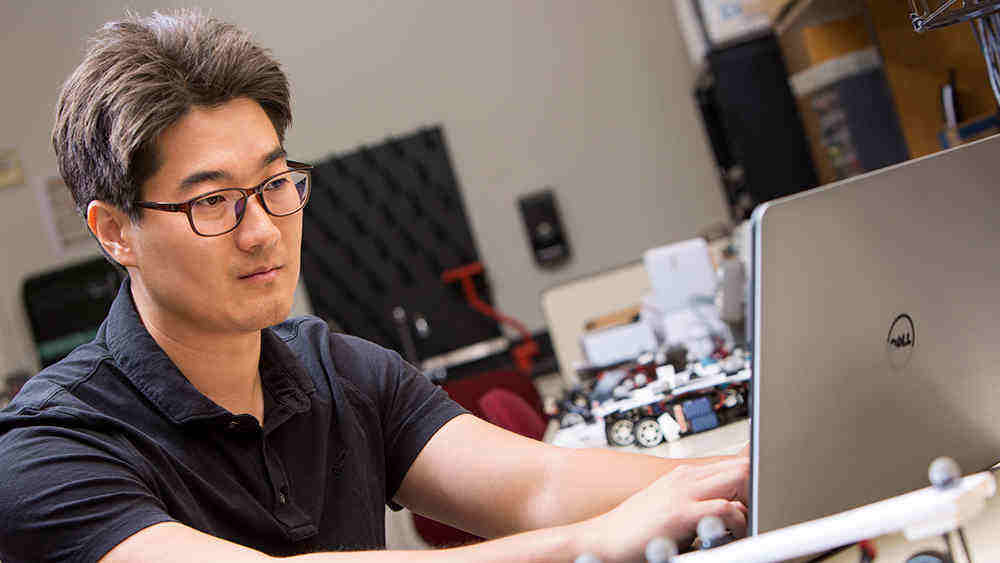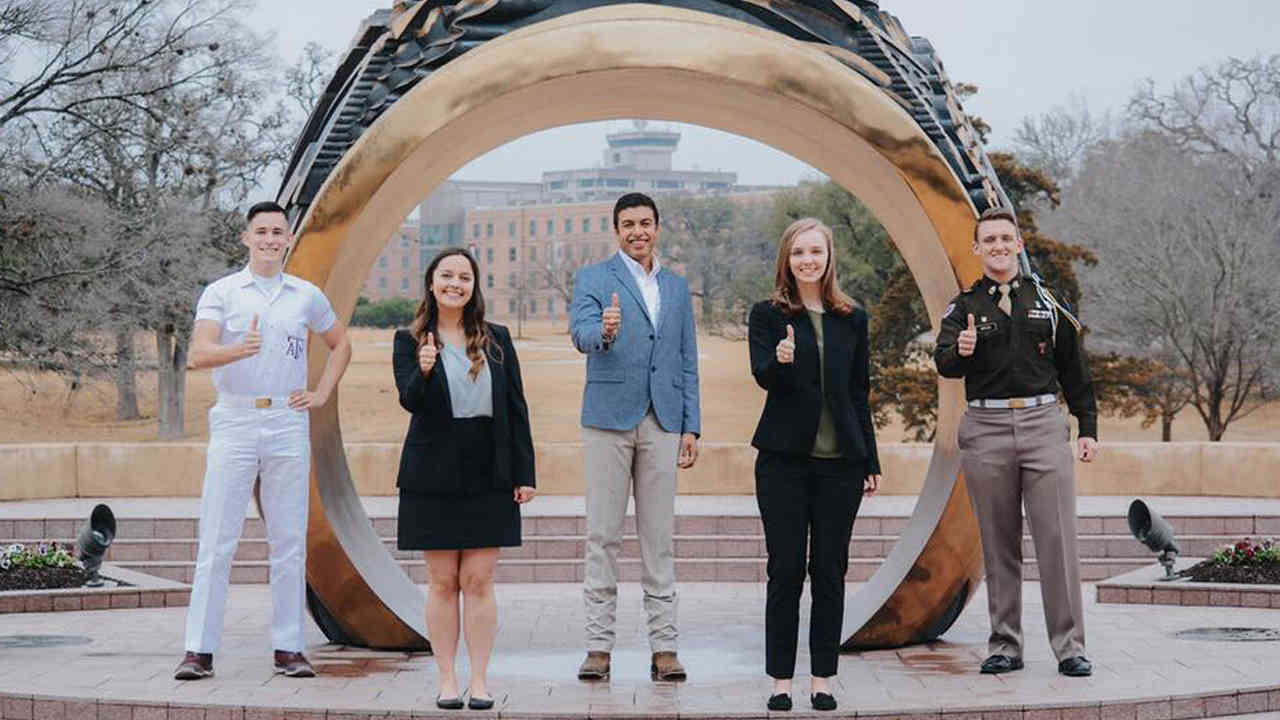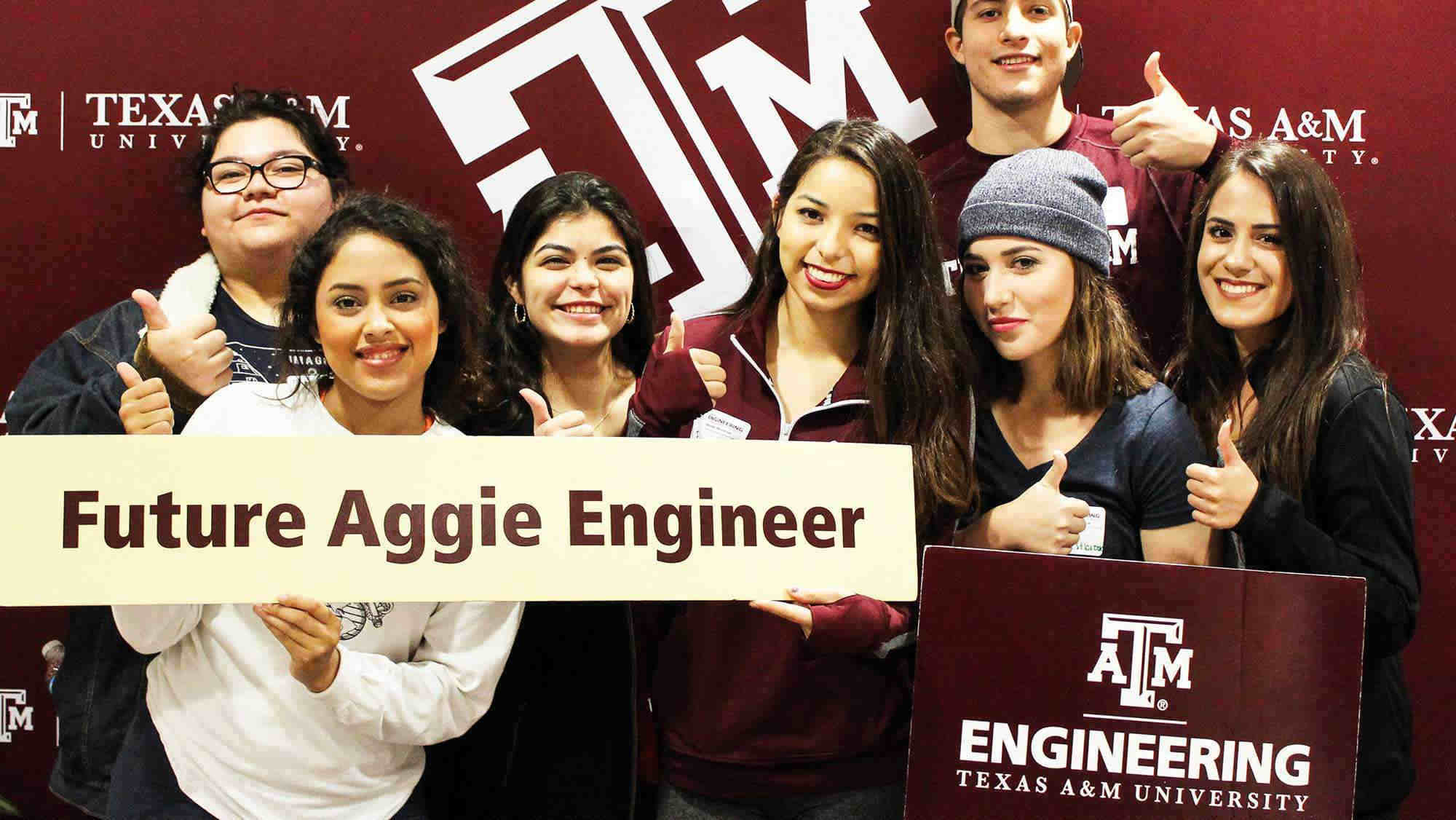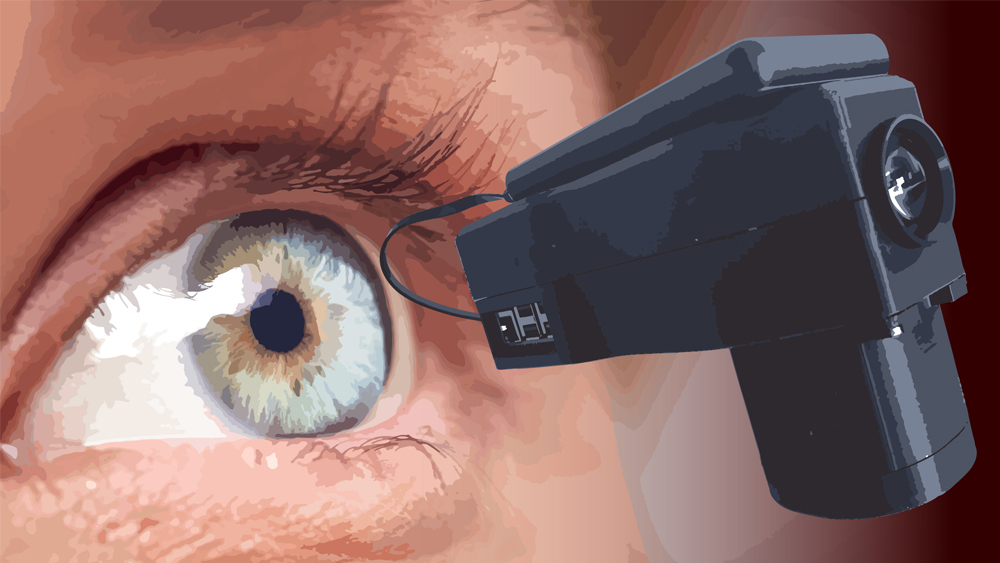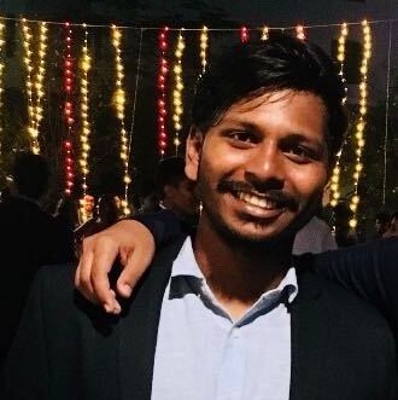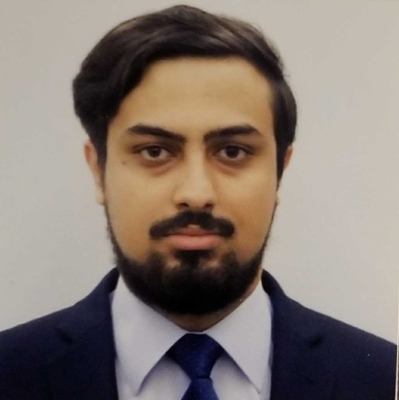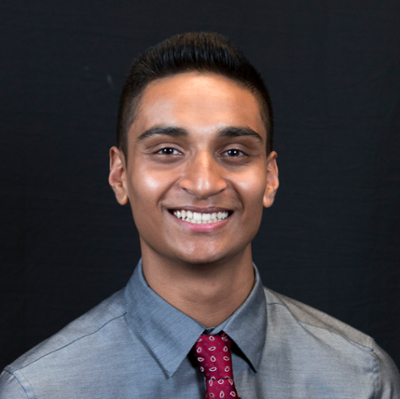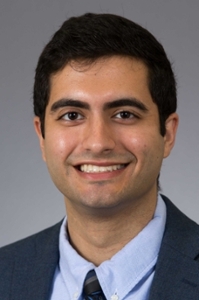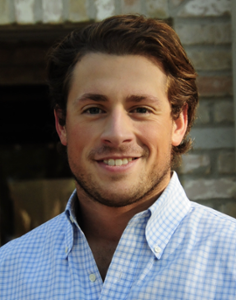About 10% of the U.S. population has diabetes, and about a third of that number, around 11 million people, will suffer from diabetic retinopathy — diabetes-induced irreversible vision loss, at some point in their lifetime. People in both rural and underserved communities may suffer more because they don’t have access to specialists, and it’s likely the disease is underdiagnosed.
Ai-Ris (pronounced A-Iris), a team comprised of six engineering and medical students from Texas A&M University, are working to address these diagnosis barriers. Specifically, they are designing a tool to better reach individuals in rural or underserved communities.
“We’re developing this system that leverages machine learning and also uses low-cost hardware in a user-friendly form, something like a headset that can be used in a non-clinical setting and doesn’t require the presence of an optometrist or ophthalmologist,” said T.J. Falohun, team member and biomedical engineering doctoral student.
Uthej Vattipalli, civil engineering graduate student, witnessed the impact of diabetic retinopathy. His grandfather began to lose his eyesight after retirement but could not afford to get a diagnosis. Vattipalli said the team’s work could transform the health care market.
“We are going to need an army to go into what we want to do if we want that impact,” Vattipalli said. “Not everybody has all the skill in the world. There’s definitely been complementary skill sets required to get tasks accomplished. One of the good things of being on an interdisciplinary team is the variety of skill sets that help you keep moving forward.”
The project started as a Sling Health initiative. Sling Health National Network is a student-run biotechnology incubator that provides resources, training and mentorship to teams of students in engineering, medicine and business tackling clinical problems by developing innovative solutions.
The project began to gain members and motivation and spread outside of Sling Health into its entrepreneurship effort. The team continued their work with the help of the Engineering Incubator at Texas A&M, where they worked with Rodney Boehm, director of Engineering Entrepreneurship, to expand their access to resources.
Now a limited liability company, LLC, Ai-Ris placed second in the 2020 Sling Health Demo Day and participated in the Innovation Corps Site Fellows program at Texas A&M. Recently, the team won a VentureWell E-team Grant. Through VentureWell, the team will receive funding, connections and training to further their entrepreneurial efforts.
Amir Tofighi Zavareh ’19, an electrical engineering doctoral graduate, said beyond making an impact, he joined the team because the technical challenges involved intrigued him. He said collecting the retinal images at a low cost is a challenge that is not being addressed in the market.
“Right now in the clinics, they use this benchtop device that costs tens of thousands of dollars. It’s a very tricky thing to do,” Tofighi Zavareh said. “We want to do that with low-cost devices, so that’s going to make it challenging to do that at the same quality levels but at lower costs so it can be available to rural areas.”
Harsha Mohan, a former Aggie student and current graduate student studying robotics at Johns Hopkins University, said working on a multidisciplinary team has taught members soft skills such as communicating effectively and elevating each member’s strengths.
“We have people from all over the world; we have people from different backgrounds, and to work toward health care equity at this point of my life, I’m not sure there’s anything better than this,” Mohan said.
Dr. Saurabh Biswas, principal investigator of VentureWell Grant and faculty advisor of Sling Health, said Ai-Ris is a great example of a highly motivated team with complementary skill sets, which Biswas said is critical to solve problems in health care.
“I truly hope other Aggie innovators will follow their example and take advantage of great programs like VentureWell Grants, Sling Health and NSF I-site and I-Corp to bring their ideas from concept to prototype with extensive customer discovery to validate product-market fit,” said Biswas, who also serves as executive director of TEES Commercialization and Entrepreneurship and as a professor of practice in the Department of Biomedical Engineering.
While the team continues to delve into the world of entrepreneurship and health care integration, they are already seeing how their work can play a part in treating many ocular diseases in the future. Marcus Deayala, a biotechnology graduate student, said he is excited to play a part in breaking down barriers to AI diagnostics, which he says will shape the landscape of health care in the future.
“I think we all understand that in the richest country (in the world), this many people going blind by a completely avoidable disease is ridiculous,” Deayala said. “If the level of health care is going to increase, the cost has to come down. We have to become more efficient and devices like these have to be instituted in one way or another.”

